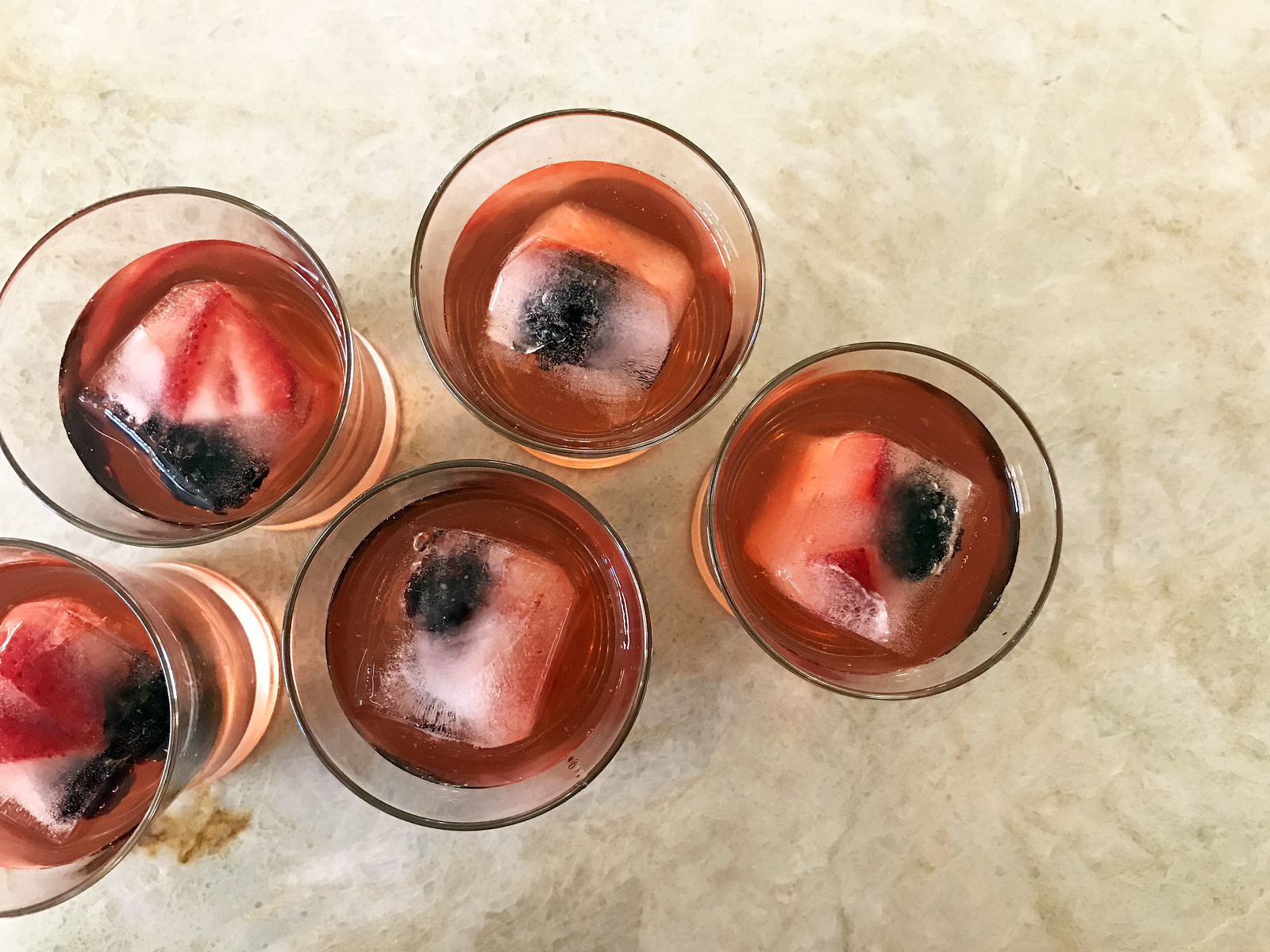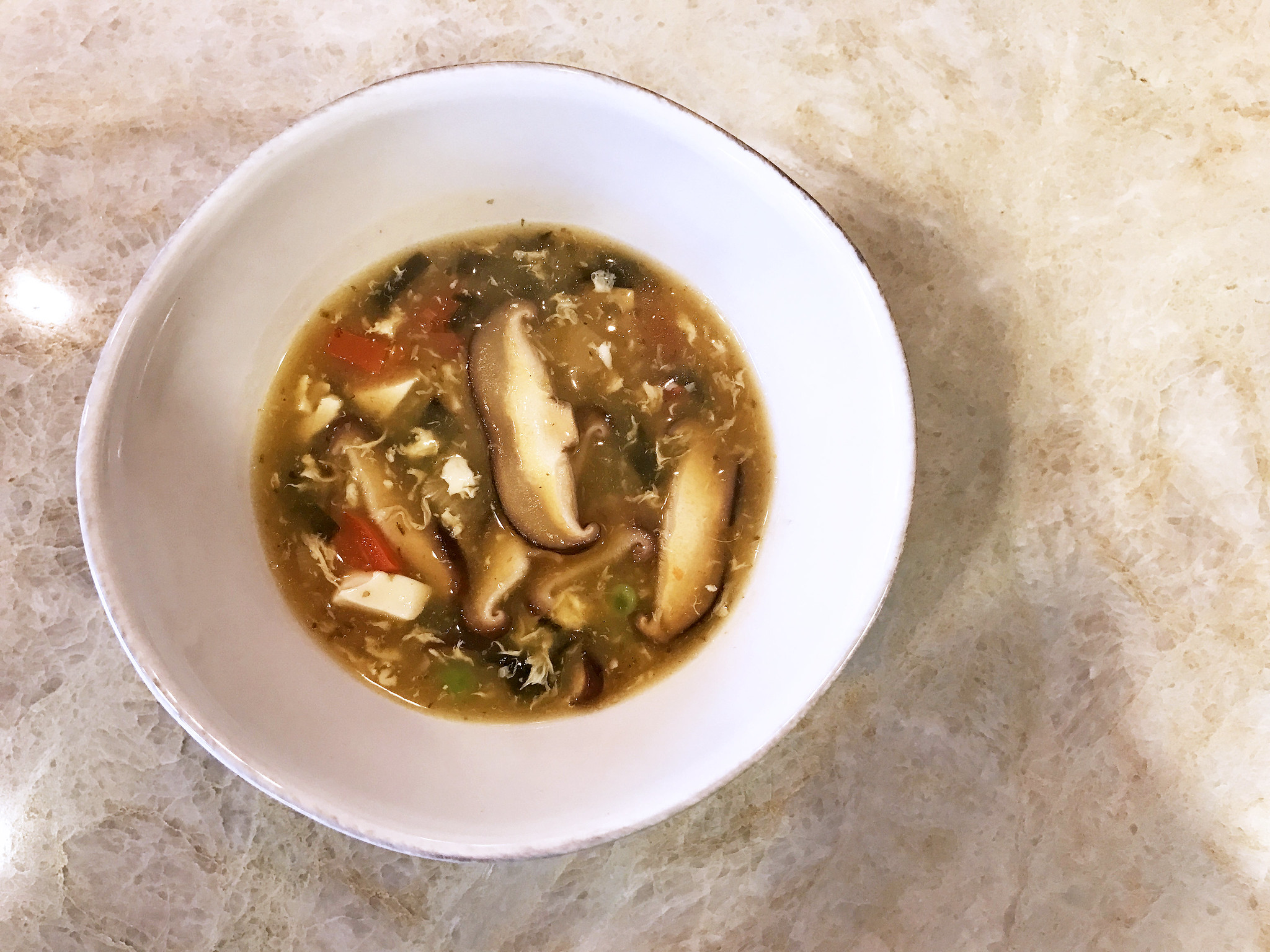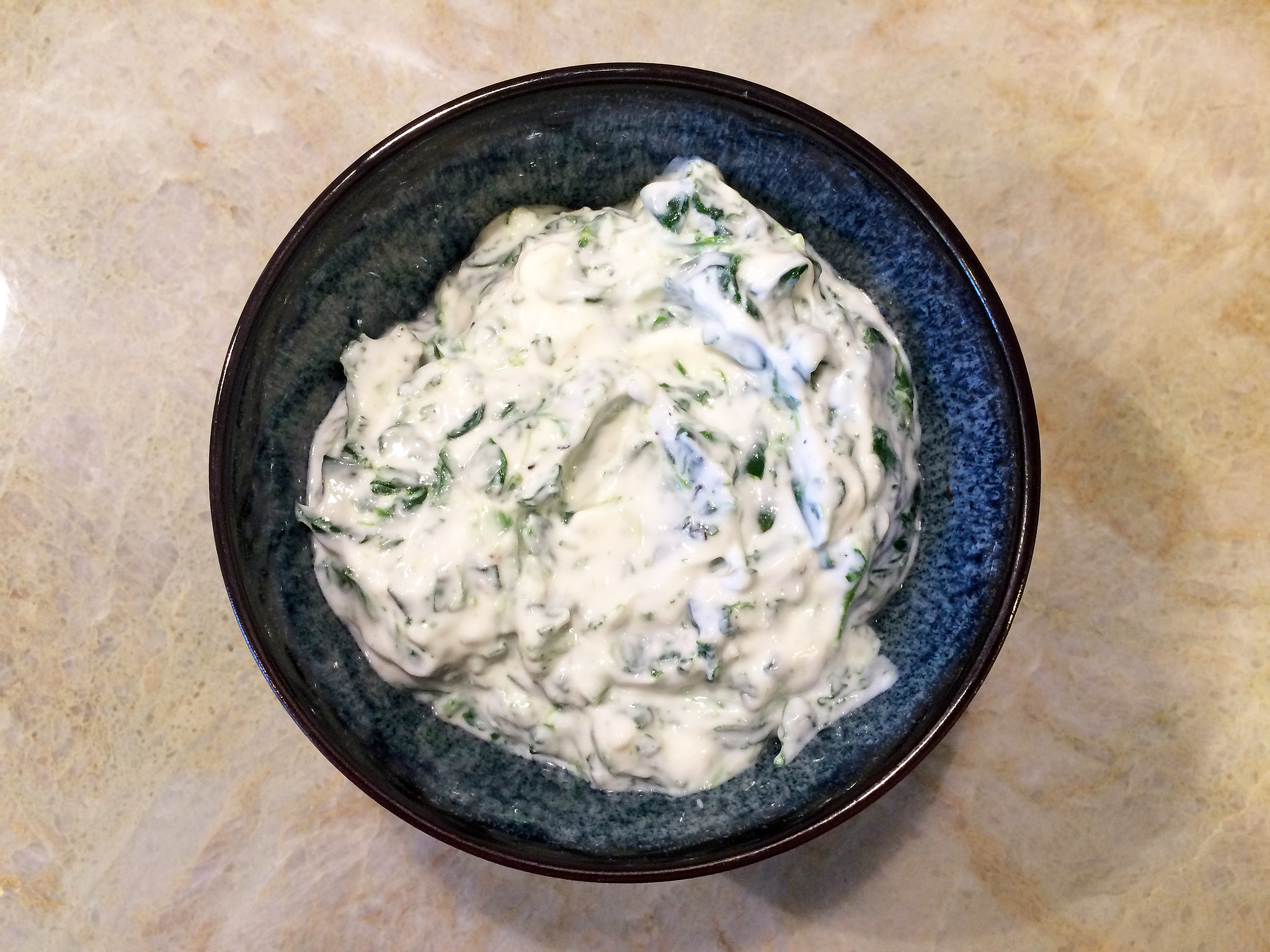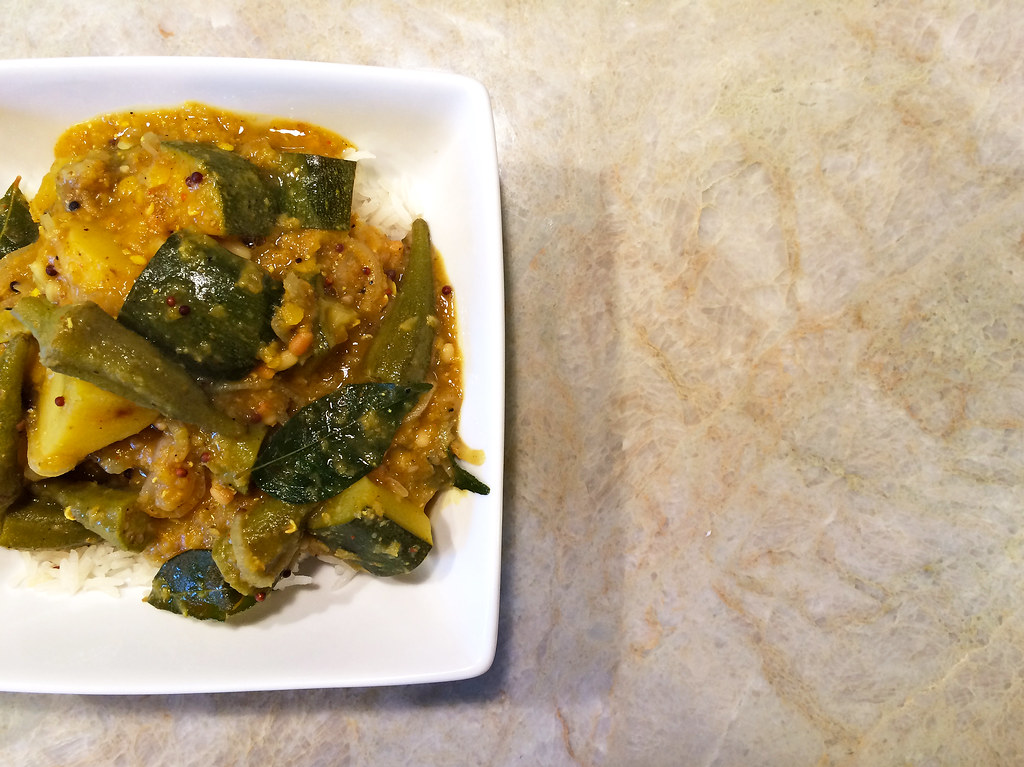A nation’s cuisine is in many ways a reflection of its history. Take Sri Lanka, for example. Tamil, Sinhalese, Muslim, Indian, Indonesian, Dutch, and Portuguese influence factor into everything from street food to curries to desserts, a reminder of trade routes, colonization, and migration.
One of the sweeter examples is caramel pudding, which bears an uncanny resemblance to Portuguese flan. I include a tiny bit of ground cardamom in my version, but you can omit it. Either way, it’s a perfect cooling treat at the end of a Sri Lankan meal.
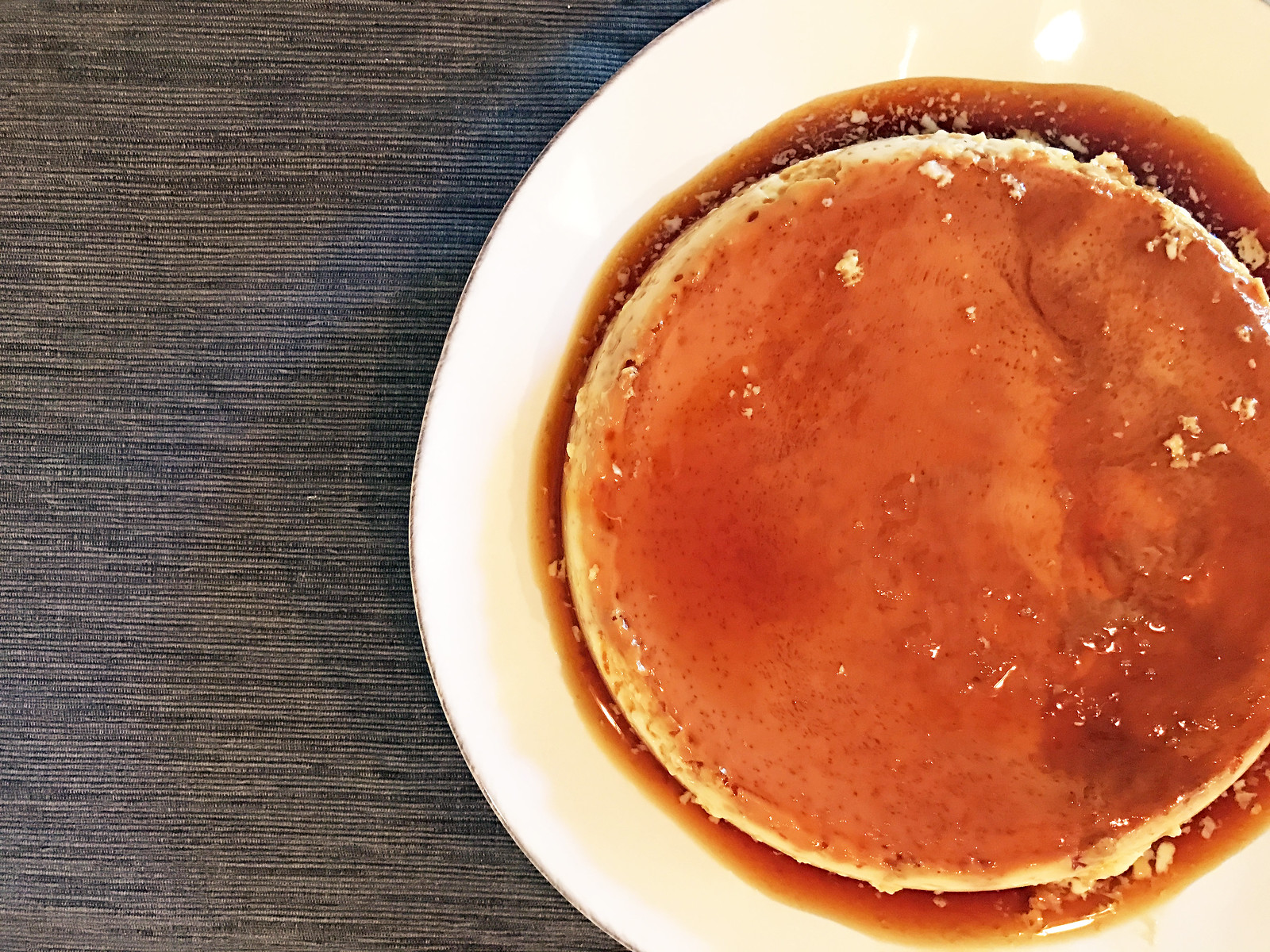
Ingredients:
2 tablespoons sugar
1 can (14 ounces) sweetened condensed milk
1 1/2 cans water
4 eggs, beaten
1/2 teaspoon vanilla extract
1/4 teaspoon ground cardamom
1. Heat sugar with 1 tablespoon water in a 2 quart stainless steel mold or saucepan until the color of amber. Swirl the melted sugar to coat base and sides, being careful to not let the caramel burn.
2. In a bowl, mix condensed milk, water, eggs, vanilla, and cardamom.
3. Pour mixture into the prepared mold or saucepan, cover with aluminum foil, and steam in a double boiler for 30 minutes until set. (The water should not boil under it but simmer.)
4. Remove from heat, remove foil, and allow to cool.
5. Cover and refrigerate for at least 5 hours before serving. Serve chilled.

